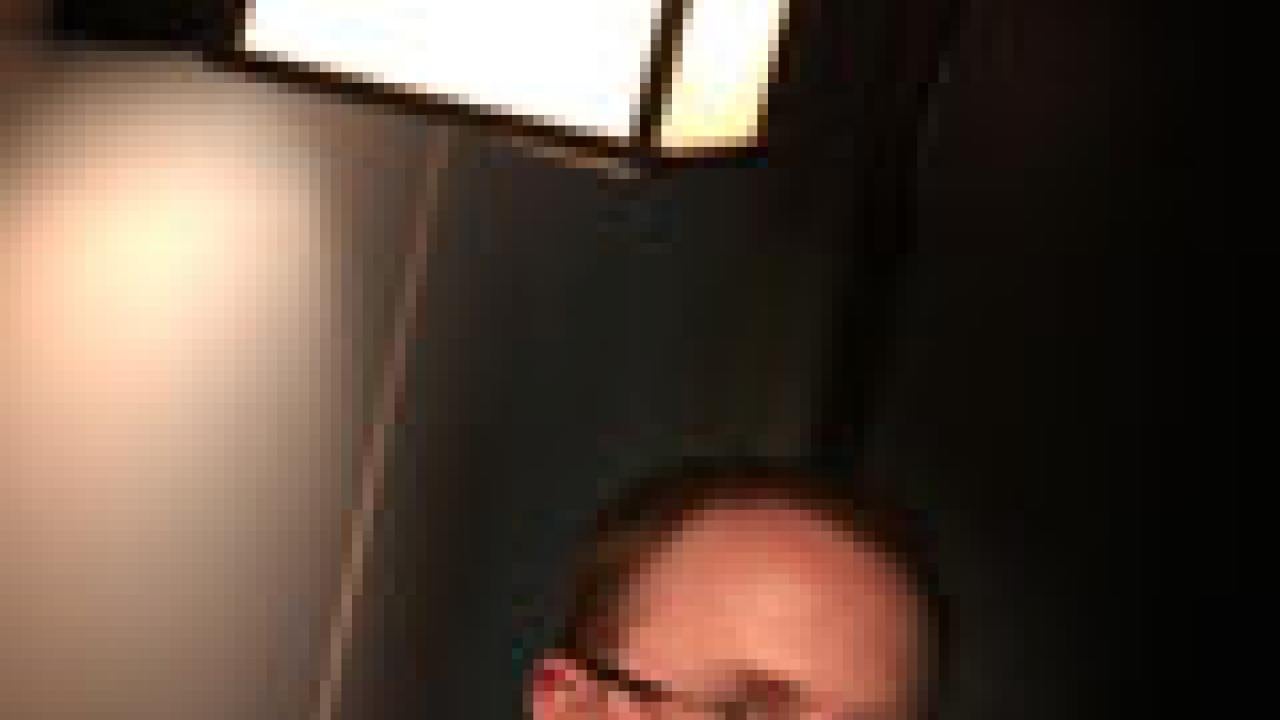During a time of skyrocketing energy prices, Californians — including those on campus — are looking for ways to reduce consumption. Lighting, which accounts for more than 20 percent of the state's energy usage, is a prime target.
Enter the California Lighting Technology Center. Created through a joint effort by the California Energy Commission and UC Davis to promote energy efficiency in the state, the center is supplying the campus and 10 other UC and California State University campuses with samples of its energy efficient technology. The Public Interest Energy Research program is funding the demonstrations.
The scientific handiwork can be found at UC Davis in dormitory bathrooms, in Meyer Hall and lighting the exteriors of several temporary buildings.
So far, half of the bathrooms in Webster Hall boast the center's innovative MetalOptics smart bathroom fixture. The system combines a light-emitting diode nightlight with an infrared occupancy sensor that turns off the overhead light once the room is empty.
"The feature we liked," said Lance Veit, an assistant engineer with Student Housing who helped coordinate the installation, "was that if a student walks out of the bathroom and leaves the light on and then goes home for the weekend, the light won't be burning for 48 hours."
Wes Morgan, a development engineer at the center, said each fixture saves $10 to $15 on energy costs per year. That can translate to more than $1,300 in yearly savings for just one building.
"It's a total slam dunk for energy efficiency efforts here at UC Davis," Morgan wrote in an e-mail. "If all bathrooms on campus had these sorts of technologies, the university could save thousands of dollars every year in energy costs."
The remaining Webster Hall bathrooms will receive the MetalOptics system during renovations in the summer, Veit said. Student Housing assistant facilities director Clyde Froehlich said his unit would "definitely" purchase technology in the future to cut lighting costs.
The benefits of the energy-efficient technologies are clear. The center advances its mission of energy efficiency, and the campus gets a no-cost trial of the equipment.
"It's a risk free chance for the university to try some new stuff," said the center's engineering director Erik Page, "and if they like it, they can go ahead and purchase the equipment for other buildings."
The center, an 8,000-square-foot building on Drew Avenue in south Davis, opened two years ago. The facility was created in response to a growing energy demand in California, said design professor Michael Siminovitch, the center's director. He said lighting is sensible to target because of its prevalence and the ease in which its use may be reduced.
"You can take off 20 percent of lighting energy and still maintain functionality," Siminovitch said. "If I turn off the thermostat, I'm going to start sweating and be angry."
The lighting technology center has aimed its resources at several power drains. One is hotel bathrooms. Siminovitch said people often leave bathroom lights on all night long. The center developed an alternate technology — the one that's made its way into Webster Hall — in which a low-power light-emitting diode stays on throughout the night and a brighter light can be turned on if necessary. The design can yield up to 50 percent energy savings, Siminovitch said.
The nightlight design is also being used in assisted living residence bathrooms with success. Because elderly people have more difficulty adjusting to the dark after a bright light has been switched off, the dim light improves visibility and prevents injuries from falls.
"Our mission is energy efficiency," said Page, "but we also focus on nonenergy benefits."
The center has also been working on a day lighting system for office buildings. Siminovitch said most California office buildings are designed to let in plenty of natural light, but still do not switch off the overhead lights.
"If you go into any office building in downtown San Francisco, you'll find lots of daylight and lots of electric light," he said.
The solution? The center has designed a system with a microchip that detects sunlight from the outside and adjusts electric lights accordingly.
The center has also targeted inefficient incandescent kitchen lights, residential porch lights and grocery store freezer cases. All told, the center has up to 15 projects going on at once. In most cases, the center's engineers will consult manufacturers or utility companies before going to work.
"The research we do is so closely tied to the marketplace," Page said. "Every project we do has the end goal of making a product.
"We're always talking to the supply side and the demand side. It's very rare that we'll just start doing something in a vacuum. We're very collaborative."
The center employs about a dozen staff members. Also, 15 design and engineering students work at the center, each taking something different from the experience.
Optical science major Cathy Le has learned about advanced engineering software and light-emitting diodes, which she calls "the next new thing."
Dara Haagens, who studies interior architecture, can use her experience with light in a different way. "Lighting is one of the most important elements on the palate an architect has," she said.
Media Resources
Clifton B. Parker, Dateline, (530) 752-1932, cparker@ucdavis.edu
